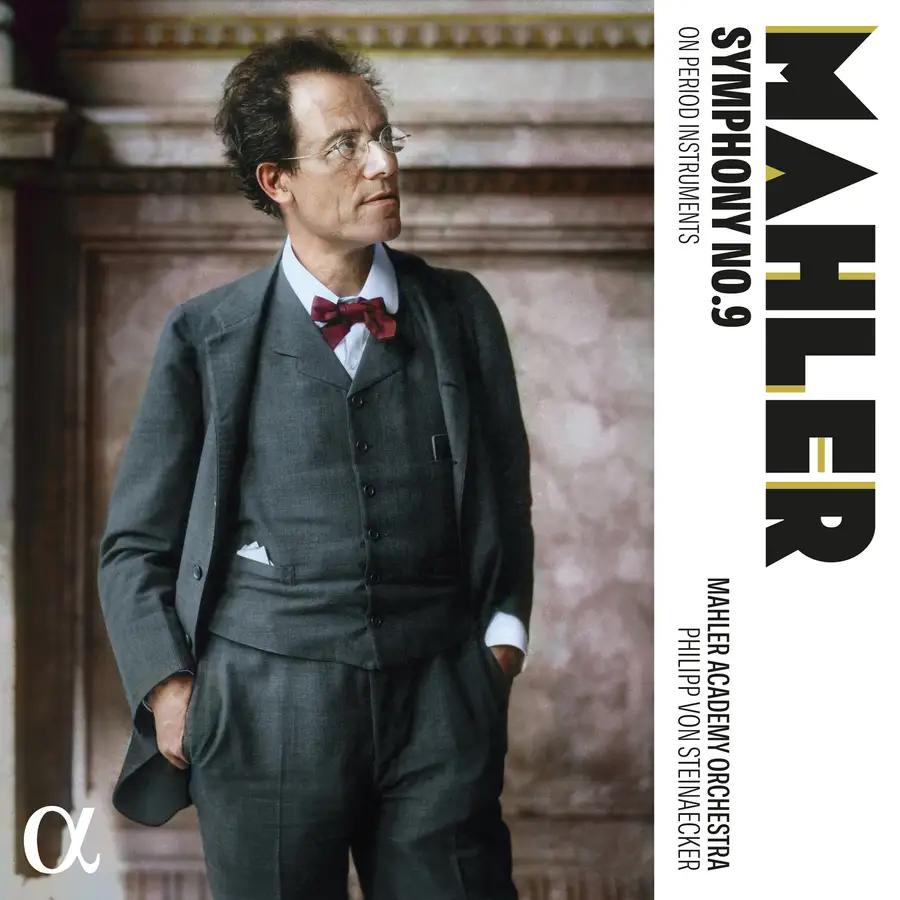
 pics. Seamonster's setup. Click on pics to enlarge. What a long "belt"!
pics. Seamonster's setup. Click on pics to enlarge. What a long "belt"!The Yumcha Diaries: 29/08/09 姜是老的辣, or, if everything is there, why is it different? Is it really different, and is it significant?
The week before last there were six fellows, last week three. I thank jules for dropping by and lending me the Chesky Barbirolli Sibelius, which I have misplaced.
The JMR speakers and the Verdier TT (with Ikeda and Morch) have remained. Digital source is now a Sony X-5000 into a Remiyo DAC. Most worthwhile, a mint ARC SP-10 has ousted the previous Aussie Supratek. Power amp is an over-kill now, the monstrous McIntosh 2102!
Sound is as usual decent. We only listened to digital while chatting away. Seamonster showed us the difference between the 2 versions of Nils Lofgren Acoustic Live. the difference was enormous. We all preferred the one without his face, more dynamically coherent.
The comparison turned out to be more difficult than I thought. Contrary to its fame, and much as I adore the performance I have never found the sonic perspective of this recording to be the most natural. At first, it was gut feeling. To be sure, I repeatedly listened to the entire first movement and and about 5 minutes of the 3rd movement, via 2 amp/speaker systems:
Source and preamp: (1) Theta Data (ATT) into Genesis Digital Lens into Audio Note DAC 2 (old PCM-63 version), or (2) ICL/Softone transport and DAC. All fed into EAR 912.
Amp and speakers: (1) ICL 300B into Tannoy Canterbury, or (2) Bryston 4B old version (balanced connection) into JBL 4312A.
My conclusions are:
-As far as I can tell, both versions contain nearly identical information, but render somewhat different dynamic and spatial clues.
-The Testament at first seems a little more detailed, but close listening on 2 systems revealed this to be due to (1) a slightly more agressive presentation; (2) slightly etched quality to the upper strings and less sweetness in massed strings; and (3) a leaner bass.
-The Chesky IMHO has the better hall sound and enshrines the orchestra (notably massed strings and tutti) and each instrument (most notably bass and tympani) in a space that breathes better. The testament is more "shut-in" and homogeneous. Hence, in crescendoes and climaxes, the Chesky has more of an unforced and natural presentation that is more refelctive of Sibelius' music. Simply put, the Chesky conveys just that little bit more of the grandeur of the music.
I believe the better the system the more the Chesky shall be preferred. But the Testament is no slouch. This is no nth-generation source, but a modern re-mastering. The Chesky has the hall sound of maybe an older top-of-the-line 16 to 20-bit DAC, the Testament more like a more recent Delta-Sigma with perhaps sampling rate manipulation. Although you can tell my preference, I'd say that if you do not have the Chesky you shall be more than happy with just the Testament, which is still an excellent job, with also a substantial coupling of the Fifth Symphony.
What a great performance! I listened so much sometimes I forgot to compare!

















No comments:
Post a Comment